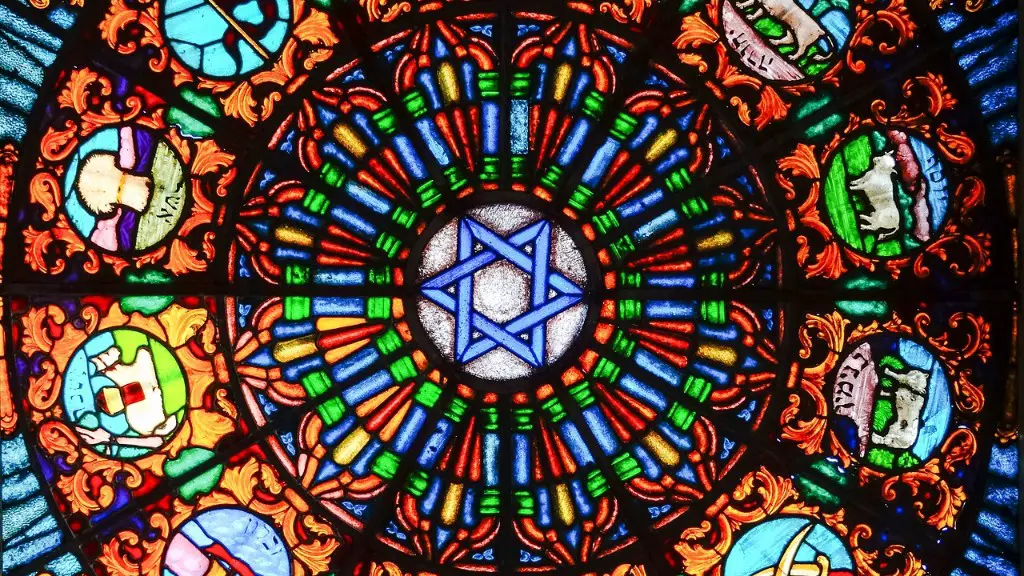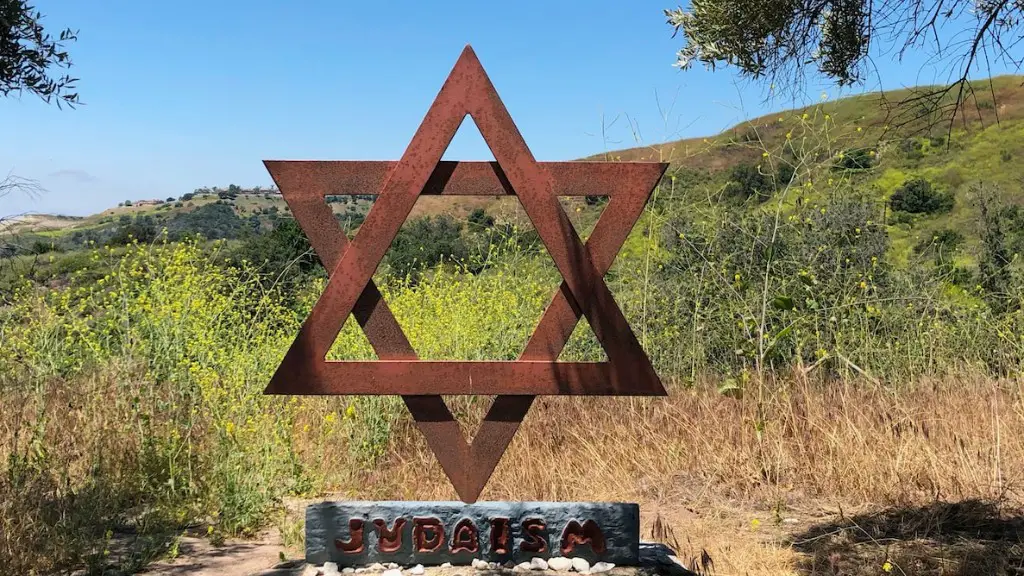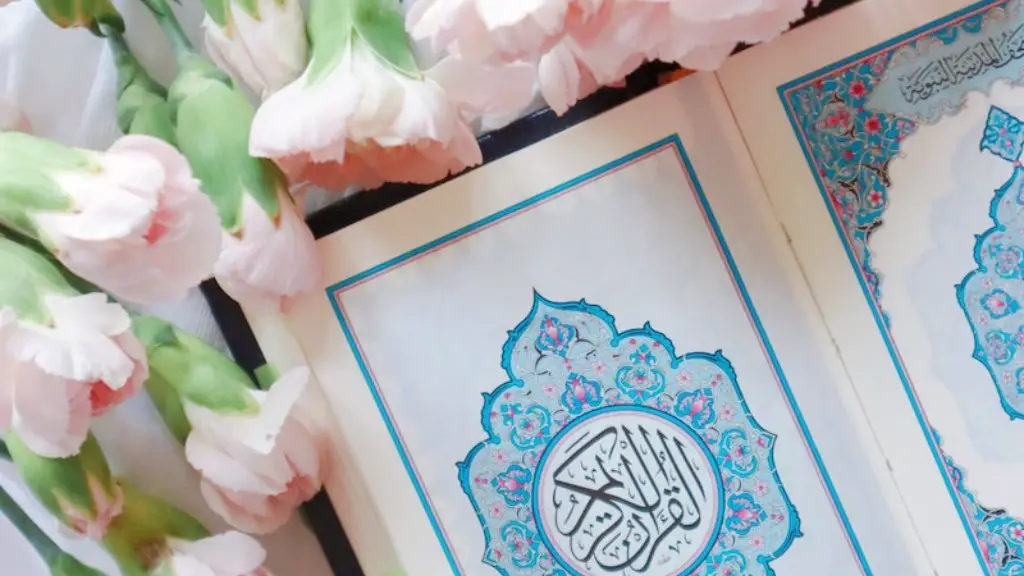Mishnah is an essential religious text in Judaism that is revered with a great reverence. It is a compilation of legal opinions, rules, regulations, and guidelines that were developed, composed and fixed by the Rabbis of the Sanhedrin in the two centuries subsequent to the destruction of the Second Temple in the year 70 CE. It is comprised of the principal elements of the Oral Torah, and in it the primary aspects of Jewish religious teachings are expounded. The laws, customs, facts and ritual practices -all of which are part of traditional Jewish matters- are found in the Mishnah. Mishnah was written down as an authoritative source for Halachah, or laws that are to be observed by every devout and observant Jew. In practical terms, the Mishnah is an expansion of the Tannaitic tradition, which is an exposition of the Oral Torah that was passed down from Moses to the generations that followed. The Mishnah further expounded on the precepts and lessons of the Oral Torah and is responsible for teaching the basic foundations of Jewish law.
Purpose of Mishnah in Judaism
The fundamental purpose of the Mishnah is to imbue in Jews a sense of understanding of their faith, culture and traditions through authoritative teachings and legal decisions. The Mishnah also serves as a repository of ancient Jewish history, language, and wisdom. It encompasses the ages-old teachings of the Jewish people and gains new relevance in informing Jews of their responsibilities, duties, and obligations in today’s modern society. In addition, the Mishnah gives insight into the world of Jewish law and provides a framework for furthering halakha study and analysis, ethical deliberation and observance.
Mishnah teaches us about the importance of practice and observance, not just instructions. It is of the utmost importance for Jews to actually practice what’s taught in the Mishnah in their daily lives, as this is a central requirement for fulfilling the required commandments. The Mishnah also contains lessons that are useful for daily life, such as the requirement to be fair, honest and considerate to your neighbours, and its teachings emphasize the centrality of self-control, patience and humility.
Structure and Format of Mishnah
The Mishnah consists of six orders:
- Zeraim (Seeds)
- Moed (Festival)
- Nashim (Women)
- Nezikin (Damages)
- Kodashim (Holy Things)
- Tohorot (Purities)
Each of these six orders consist of further divisions such as tractates and chapters. Ultimately, the structure of the Mishnah allows for ease of accessibility for the reader, aiding in their study and comprehension of the Mishnah’s teachings. It is also based around structured academic principles of learnings and aims to preserve the continuous tradition of Jewish law.
Role of Mishnah in the daily lives of Jews
The Mishnah serves to guide the day-to-day lives of Jews, providing laws and customs that can be followed in various situations. Through the teachings of the Mishnah, Jews can use its moral lessons as a way to enhance their character. Through its guidance, Jews are taught to be compassionate, respectful and humble individuals. In addition, the Mishnah affects some Jews’ daily lives in a more tangible way. It influences the way that some Jews eat, dress, and interact with their peers, neighbours and the world around them. It informs them of laws that must be followed when preparing food, what kind of clothing is to be worn in certain occasions, and actions that are appropriate in certain contexts.
In a modern context, it is important to note that the Mishnah’s teachings is not inscribed in stone, but is rather a living document, capable of being interpreted in new ways as society evolves. Certain parts of the Mishnah are open to interpretation, and influential Halakhic Rabbis are able to render new rulings while staying within the framework of the Mishnah. Additionally, contemporary Rabbinical organizations write responsa regarding current issues and how to address them in the modern era, while still respecting the teachings of the Mishnah.
The Influence of Mishnah on Jewish Thought
The Mishnah has had a major impact on Jewish thought, and its relevance is still felt today. It was the earliest text in Judaism that distilled the various traditions and customs of the people into a body of law. This compilation not only served to unify the fragmented network of laws, customs and laws, but it also provided a valuable structure from which Jews could learn and prepare for Jewish life in their day to day. Beyond this, the Mishnah and its successors, the Talmud and later commentaries, have played a fundamental role in the development of rabbinic literature, practices, philosophy and theology. The infinite debates and argumentation found in the Talmud testify to the transformative power of the Mishnah on religious thought and discourse. Over the centuries, the Talmud has enabled Jews to expand their knowledge of halacha and even in the present day, Talmudic study remains an integral part of the Jewish educational model.
Diversification of Learning
In modern times, many adaptations have been made to the Talmud and to the study of Jewish law that have enabled it to remain relevant in the lives of modern Jews. Jewish learning centres, books and websites have been curated in order to expand opportunities of Talmudic study, so as to make it more accessible to all. This diversification of learning opportunities has allowed people who may not have access to traditional learning models to also receive instruction in Jewish law so they can abide and observe its teachings.
Technological Advances of Mishnah
The Mishnah has also gone through digital innovations over the last two decades. The internet has made it possible for users to access electronic versions of the Mishnah for study. This has enabled a wider range of people to access and study the Mishnah where before it was unavailable to many. Additionally, software such as the Koren edition of the Talmud and the Steinsaltz editions of both the Mishnah and Talmud, have enabled people of all levels of expertise to study and gain deeper understanding of the ancient texts.
Jewish Tradition and Identity
It is indisputable that the Mishnah continues to stand as the cornerstone of Judaism and is essential for understanding the basic tenets of Jewish tradition. Central to the study of the Mishnah is the concept of understanding one’s identity as a Jew and as a person. The Mishnah serves to tell us who we are and how to act as Jews, and this helps to give us a sense of connection to our past and a strong foundation for our future.
Modern Applications of Mishnah
The influence of the Mishnah stretches to many realms of life, and is often used in modern legal systems in resolving legal issues. As a result, the Mishnah has provided authority outside of its own context and serves as a source of justice in many legal systems. In this way, the Mishnah is a pillar of not just Jewish ideas and thought, but is also a source of law in other communities around the world.
Inability to Make Modification
Unfortunately, as the Mishnah is an ancient document, its authors are long gone and it is almost impossible to make changes to it. This means that its texts must be interpreted to fit the modern world, and it can become challenging to apply its principles to contemporary issues. This can lead to debate between religious scholars and practitioners trying to solve ethical matters.
Timelessness of Mishnah
Despite the challenges, the Mishnah remains timeless and highly revered. Its teachings and principles continue to be important to Jewish life today, and its impact is felt in many other societies and countries. Its lasting influence is a testament to its power and endurance, and its teachings continue to be used to shape Jewish life and our moral compass.


